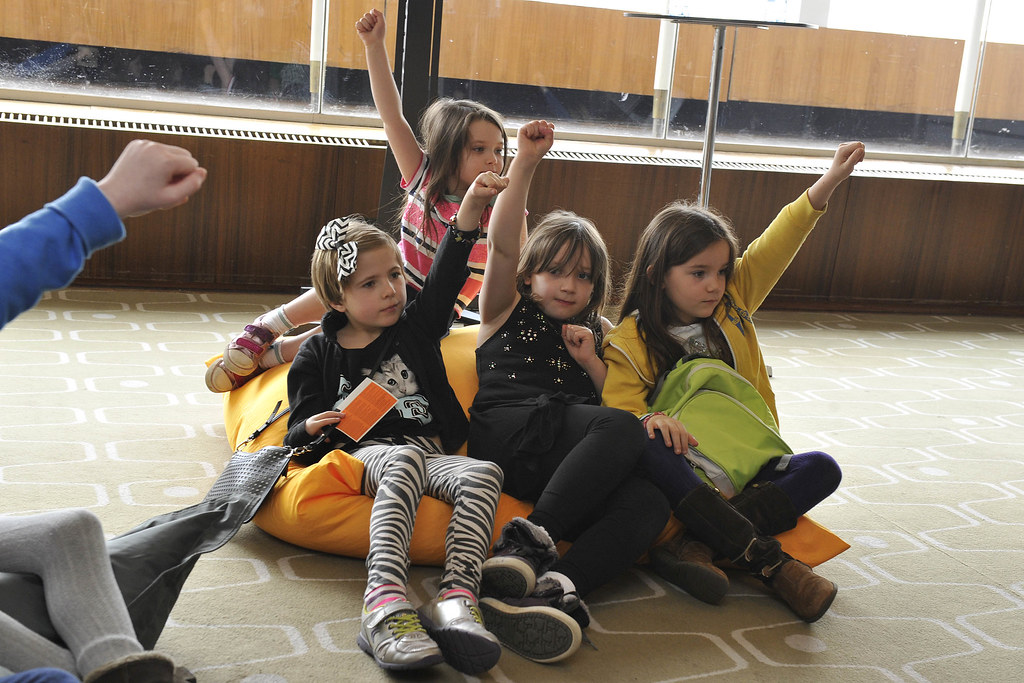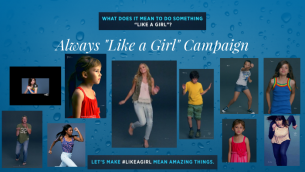Media Industry and Consumers

Solving Gender Inequality? Leave That to the Kids, Ads Say
Female empowerment advertising, or femvertising, has been a popular trend for brands advertising to women since Dove’s Campaign for Real Beauty in 2004. Studies show that such advertising creates feel-good emotions among buyers. However, it’s important to consider the ways that these seemingly positive advertisements can be harmful to feminist agendas.
Carefully crafted in non-threatening, apolitical packaging, these ads tend to appropriate feminist notions of empowerment in ways that turn the focus onto women’s individual choices. This turns attention away from persisting societal structures and power systems creating issues for women. The latest trend in feminist advertising? “Next generation” messaging, advertisements that feature children and suggest that because kids are naturally unbiased, the next generation will inevitably demand gender equality. This allows brands to create a feel-good message while deferring actual change in policy or structures until the future.
Kasey Windels, University of Florida College of Journalism and Communications Advertising associate professor, with doctoral student Heidi Makady and Sara Champlin from the University of North Texas, conducted a study of next-generation messaging to understand its characteristics and implications.
The study revealed six main components to next-generation messaging:
- Deferring change until the next generation, a message that implies children are naturally unbiased and therefore will create an equal society in the future.
- Individualization, which suggests individual efforts by girls and women are all that’s needed to overcome gender inequality.
- Internalization, a message that asks girls and women to internalize responsibility for their gender-related problems and do the mental work—or psychic labor—to improve their situation.
- Turning away from existing structural inequalities, a consequence of individualization which turns a blind eye to the systemic issues that impact how girls and women feel about themselves.
- Confidence (cult)ure, views confidence as an individual commodity that girls and women are responsible for achieving through psychic labor.
- Empowerment through sports, which suggests that participation in sports will solve inequality by providing girls and women with strength and confidence.
Identifying these elements allows for a deeper understanding of how next-generation messaging in femvertising can harm the journey toward gender equality. While recognizing that there are positives to inspiring children to be fair and equal as they grow, this study takes a critical approach to analyzing next generation messaging, noting how it takes advantage of the feel-good elements to sell products, and provides nothing of substance to support girls and women experiencing gender inequality now.
In the future, it’s suggested that researchers study how similar award-winning advertisements have shifted over time. Advertisers interested in using femvertisments may want to consider ways in which they can expand their messaging to include and inspire change for girls and women today.
The original article, “Deferring Gender Equality Until the Next Generation: Evidence of the Persistence of Postfeminist Discourse in Advertising,” was published in Feminist Media Studies, June 28, 2021.
Authors: Kasey Windels, Sara Champlin, Heidi Makady
This research was summarized by Jessica Berube, M.A.M.C. 2021.
Photo credit: “Under 10’s Feminist Corner” by Southbank Centre London is licensed under CC BY 2.0
Posted: July 19, 2021
Tagged as: Feminist Advertising, Femvertising, Heidi Makady, Kasey Windels


